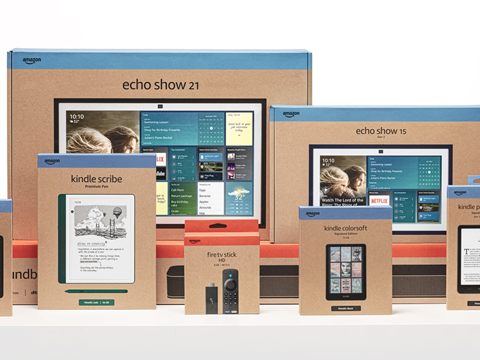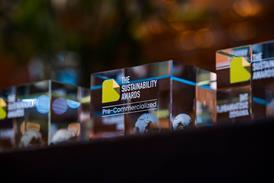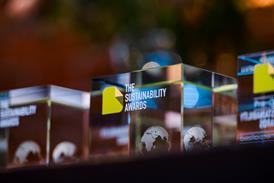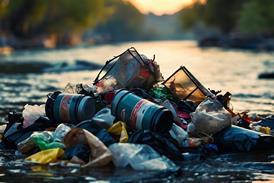
New, circularity-minded packaging designs for Amazon’s Echo, Kindle, and Fire TV products claim to use an average of 30% more recycled fibre content and 60% less ink, with a tactile-marked QR code intended to guide visually impaired consumers through the setup process.
Previous work to enhance Amazon’s device packaging has included the removal of both inner and outer plastic bags. The company applied a water-based coating to protect the box externally and utilized recyclable, paper-based wraps to keep the product safe and undamaged.
By cutting down on its ink use, Amazon plans to skip the carbon-intensive bleaching process and avoid harmful chemicals in its product packaging. More recycled fibre content is set to reduce Amazon’s reliance on both bleached and tree-based virgin fibres, as well as improve the circularity of its packaging.
These new designs are set to resemble the brown kraft of other Amazon boxes while apparently making room to more than double the company’s use of post-consumer recycled materials. This step comes alongside Amazon’s claims that it already averages 98% wood fibre-based materials in its packaging – and that, in 2023, 90% of its devices launched in the U.S. were contained in 100% recyclable packaging materials.
Alongside its work to incorporate ‘easier to recycle’ materials, it has set its sights on minimized packaging – claiming to have reduced its average per-shipment packaging weight by 43% and avoided over 3 million metric tons of packaging since 2015. Nearly half a million metric tons were avoided in 2023, Amazon says.
QR codes have enabled the removal of excess paper from product boxes, with the added benefit of unlimited space for more detailed product information, setup instructions, and troubleshooting tips. In order to make this feature accessible to blind or visually impaired users, Amazon is introducing a tactile-marked code to help identify the quick-start guide code by touch.
These developments come after Amazon and Mondi were named as winners under the Sustainability Awards 2024’s E-Commerce category for their shock-absorbent paper-padded envelope with paper-based, shock-absorbent lining. Designed to replace the plastic bubble wrap used in Amazon’s paper envelopes, the pack can be applied to everyday products sold as single items or in bulk deliveries.
Google has also published a Plastic-Free Packaging Design Guide to help customers find suitable plastic-free alternatives to their mixed-material electronic packaging. Among other suggestions, it recommends removing shrink wrap and redesigning the structure of product boxes to make up for any tensile strength lost – but it warns that certain box styles are less accessible to those with mobility limitations.
Other instances of using QR codes to improve accessibility for the visually impaired include a collaboration between Unilever and Be My Eyes to apply Zappar’s Accessible QR technology to packets of noodles and provide AI-powered virtual assistance; and SMA Nutrition’s application of NaviLens codes to all its formula packs, enabling disabled parents to make informed decisions when feeding their children.
If you liked this story, you might also enjoy:
The ultimate guide to the Packaging and Packaging Waste Regulation in 2024
How are the top brands progressing on packaging sustainability?
Sustainable Innovation Report 2024: Current trends and future priorities
Everything you need to know about global plastic sustainability regulation





















No comments yet